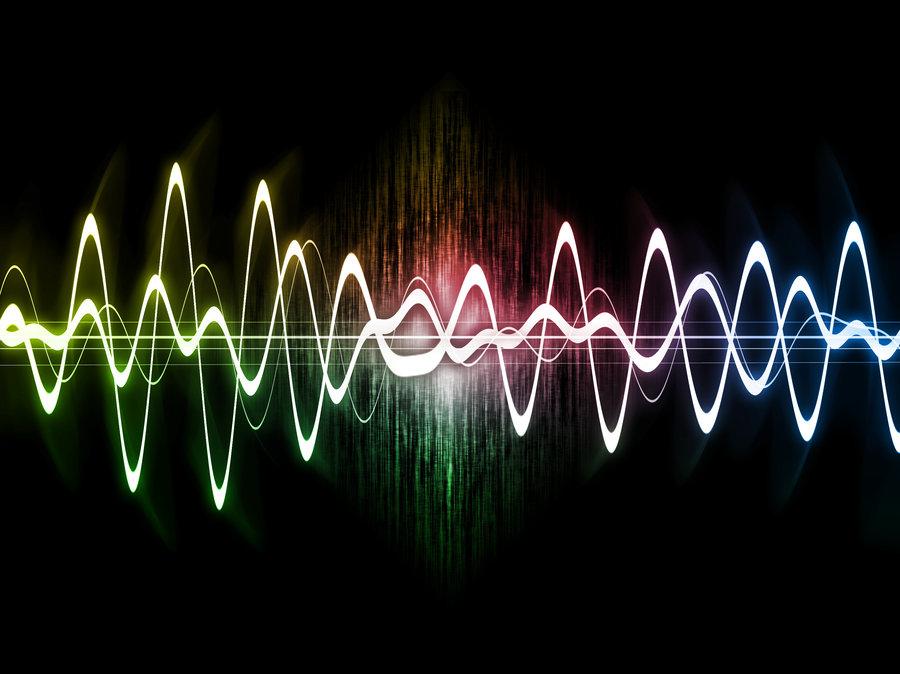

When you think about it, our ears are pretty extraordinary. They take simple vibrations in the air and translate them into something that is imbued with meaning and significance—A fire alarm, our favorite song, or words of comfort from a friend. Our ears allow us to interact with the world around us in ways that would otherwise be impossible. However, as it turns out, there is a lot that our ears are missing.
Understanding The Missing Sounds:
Unlike the other senses (like taste and smell, which involve chemical reactions), hearing is based on physical movements.
An object produces sound when it vibrates in matter (like air or water). This is because, when something vibrates, it moves the particles around it. To understand this idea, think about a bell. When you ring a bell, it vibrates back and forth at a very rapid pace. When the side of the bell moves outwards, it bumps into air particles. These particles, in turn, move the particles next to them, and so on, and so on. When the particles are traveling forward it is called “compression.” Conversely, when the side of the bell moves backwards it creates a space, pulling the air particles beside it backwards. These particles, in turn, pull the particles next to them backwards, and so on, and so on. This is called “rarefaction.”
“Compressing” presses particles together, increasing pressure; “rarefaction” pulls particles farther apart, decreasing pressure. A vibrating object sends out waves that are compressed or pulled apart. Ultimately, we hear sound because vibrating objects send out different wave frequencies. If the waves are close together (higher frequency), the pitch is higher (the note is higher). The level of air pressure (how much the pressure changes) is the wave’s amplitude, which ultimately determines how loud the sound is.
Basically, vibrations in air (or water or another kind of matter) travel along until (finally) the particles reach our ears and —kabam —we hear a sound. In this respect, sound waves are a lot like waves traveling across the surface of a pool. If you are at one end of the pool, and your friend jumps off a diving board at the other end, it will take a little bit for the waves that they make to reach you. Sound works in much the same way.
When someone speaks, you can hear their voice because their vocal chords are vibrating, making the air vibrate. Ultimately, this is what all hearing is—Vibrations in matter. Since sound is just vibrations in matter, this means that there is no sound in space because space is, more or less, a vacuum (there are no particles to bump about and create different levels of pressure and, thereby, sound).
Although there is no exact number, as every individual hears a little differently, generally speaking, the human ear can hear vibrations ranging from 16 a second to 20,000 a second. That’s 16 Hz to 20,000 Hz. If something vibrates slower or faster than this, we can’t hear it. For comparison, bats have amazing ears, as they use them for echolocation (they navigate by producing a sound and measuring how long it takes to bounce back to them); they can hear sound if it vibrates between 15 Hz and 90,000 Hz.

If a frequency is below the human range is known as “infrasound” while higher is “ultrasound,” so bats have amazing ultrasound hearing. Elephants have a hearing range from 5 Hz to about 16,000 Hz, which means that they have amazing infrasound hearing (they can hear very, very low or deep notes).
The Man With The Amazing Voice:

Tim Storm is the man with the lowest voice in the world. At least, he holds the Guinness’ World Record for the lowest voice in the world (maybe some unknown person exists with an even lower voice, who knows). In fact, Storm can reach notes so low, only elephants can hear him. He first discovered his unique capabilities when an ear, nose, and throat doctor asked to take a look at his vocal cords. “He stuck a video scope up my nose and down my throat,” Storm said. “He said my vocal cords were almost twice as long as what he’s used to seeing.”
Hear his amazing voice in the video below:

And watch an interview here:
